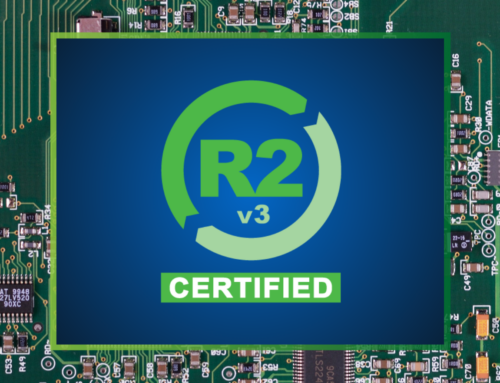Change management can be an under-appreciated part of network management. Meticulous documentation is not always a favorite task for most network administrators. It’s usually worth the effort, though, because it can save you a lot of trouble over time. Today’s post talks a bit about the benefits of tracking configuration changes and why it’s important to keep a good backup of your change logs.
Why Configuration Tracking Matters
Benefits of good configuration tracking include smoother personnel changes, easier network troubleshooting, and better security compliance:
Manage personnel changes: One of the biggest reasons to track configuration changes is so that network management can continue smoothly when people leave the company or change roles. It can be a real struggle trying to figure out someone else’s logic for a configuration choice after they’ve left. Don’t leave your successors guessing. Even if you plan to be with your company for the foreseeable future, don’t assume that you will remember the reasoning for your changes. The logic of a change may seem obvious now, but it might not be to your successor or to the future you.
Simplify troubleshooting: As your company expands, so will your firewall rules and the complexity of your network. If some portion of the network fails and you’ve documented all the recent changes, you will have an easier time identifying the cause by going back to your logs. Proper documentation will help you find and fix the problem that much faster.
Maintain compliance with security policies: Just as change documentation can assist you in identifying a problem if the network doesn’t function, it can also help you prevent and troubleshoot security incidents. If your security policies change, you’ll be able to more easily verify that your configuration is still compliant. If a breach occurs, you’ll have a guide to recent changes that may point you in the direction of the source.
Don’t Forget to Back Up
There are a number of ways to manage your tracking and documentation. Which one you should choose depends on the complexity of your network and your resources. More complex organizations may want to use a comprehensive software solution, which usually offers additional benefits like monitoring and alerts.
If the cost of a software tool is out of reach, an internal wiki page or other properly shared but secured document can work well for some companies. Regardless of what you choose, as with any critical data, having a backup of your configuration logs is key. In the case of a natural disaster or other network malfunction, you may need your backup logs to get operations up and running again.
Tracking configuration changes can save a lot of time and trouble – for you, for future you, or for your team. Manage more smoothly, simplify troubleshooting, and maintain better security by investing in the effort to document and back up your configuration data.




